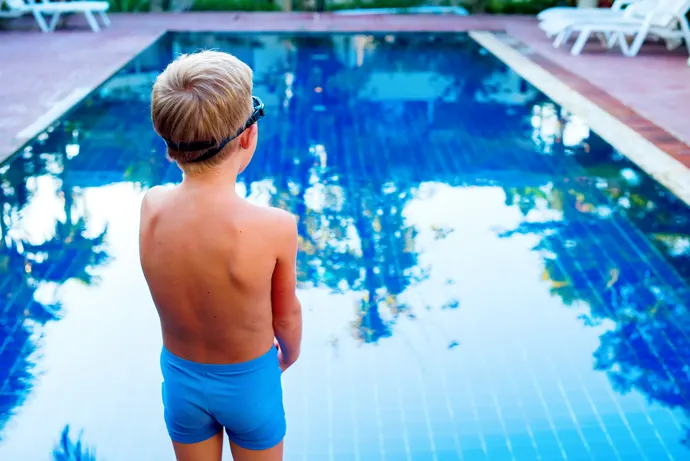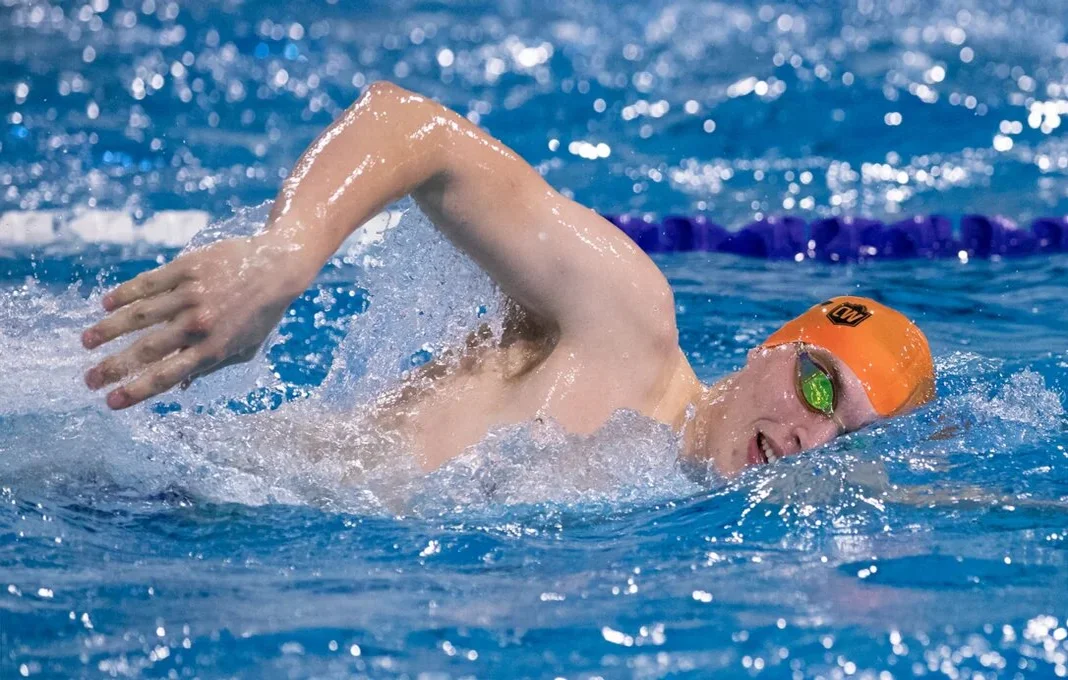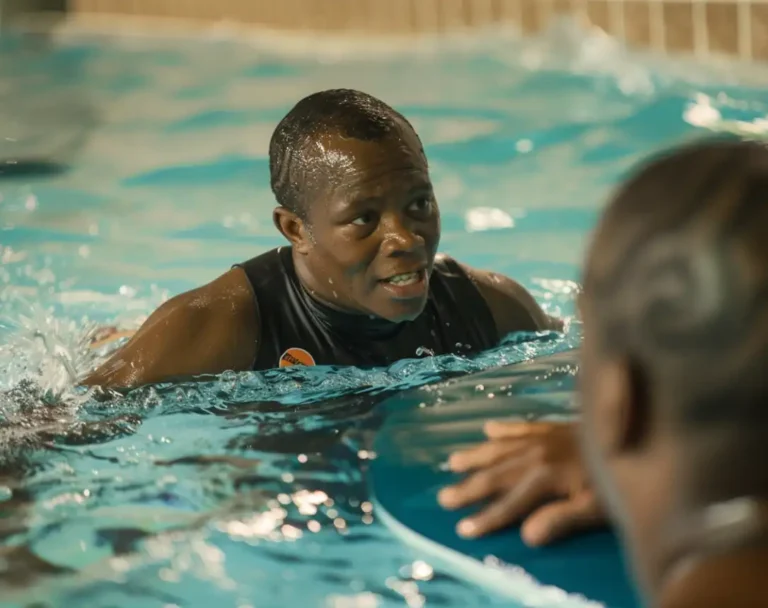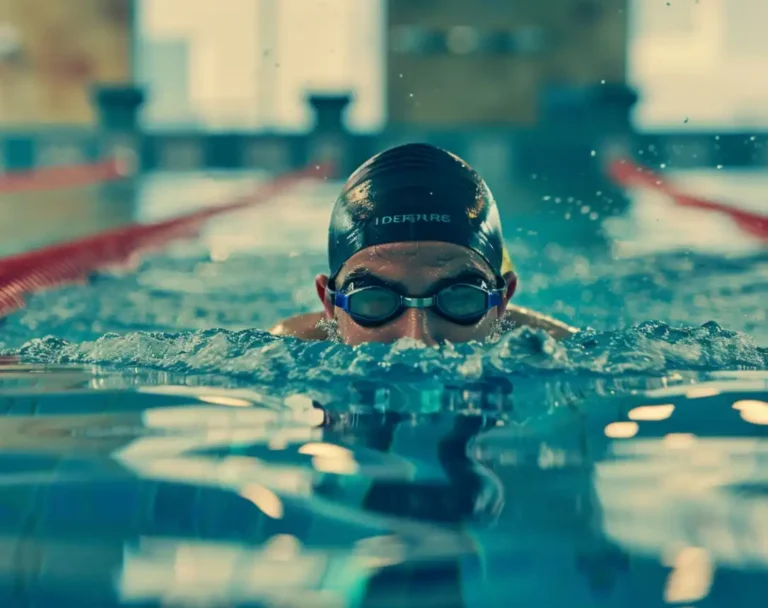For those new to it, swimming is an outstanding form of physical activity that offers a superb workout for the entire body. It’s always an excellent time for you to start swimming, regardless of your age or level. Whether you are introducing yourself to swimming, teaching a young one, or learning as an adult, the process can be engaging and easy to grasp. It’s more than simply keeping yourself above water; acquiring some fundamental tips and practices can significantly enhance the enjoyment and fulfillment you get from swimming.
When starting out, it’s important to be patient with yourself and prioritize comfort in the water. Don’t worry if you’re not an expert swimmer right away; everyone has their own learning pace, and it’s crucial to build your confidence as you progress. Remember, even the most skilled swimmers had to start as beginners at some point.
As you venture into the world of swimming, consider enrolling in swimming lessons or seeking guidance from experienced swimmers. These mentors can provide invaluable advice and support, ensuring you develop proper techniques while staying safe in the water. With practice, determination, and some helpful guidance, you’ll soon discover the joy of swimming for beginners and the countless benefits it can bring to your life.
The Basics of Swimming for Beginners
Swimming is not only a fun activity but also serves as a life-saving skill. As a beginner, you might feel that learning to swim is challenging, but with persistence and practice, you will get the hang of it. This friendly guide will help you understand the basics of swimming.
To begin, conquer your fear of water. Fear often hinders the learning process, so try to relax and remember that swimming is a valuable skill you’re pursuing. Gradually exposing yourself to water and practicing in the shallow end of a pool can be helpful. Consider enrolling in adult swimming lessons, as they offer essential guidance for beginners.
When starting to swim, focus on improving your body position and balance in the water. This will create a strong foundation for learning new techniques. Practice floating and gliding on your front and back to become more comfortable in the water. You can also try treading water to increase your confidence and familiarity with the buoyancy of the water.
Next, focus on developing proper breathing techniques. Cultivate a rhythmic breathing pattern, ensuring you take in air through your mouth and exhale through your nose when your face is submerged in the water. In the beginning, practice breathing without strokes to focus solely on your breath.
Now, it’s time to learn different swimming for beginners strokes, starting with the basics:
- Freestyle: Also known as the front crawl, this stroke involves alternating arm movements and a flutter kick. Keep your body aligned and face down in the water to minimize resistance.
- Breaststroke: This stroke requires simultaneous arm and leg movements. Your arms push water away as your legs perform a frog kick. Keep your head above water to maintain a steady breathing rhythm.
- Backstroke: As the name suggests, this stroke requires swimming on your back. Your arms should move alternately, and your legs should perform a flutter kick. This stroke helps you breathe easily since your face remains above water throughout.
Building endurance and practicing interval training can enhance your swimming abilities. Start by swimming shorter distances and gradually increase them as your confidence and skills improve. Remember to always practice swimming in a safe environment and never swim alone.
By following these guidelines and consistently practicing, you’ll eventually feel more comfortable and proficient in the water. So, get your swimsuit and goggles ready, and start your journey towards mastering the art of swimming. Happy swimming!
Starting Swimming for Beginners Lessons
Choosing the Right Age to Start
Deciding the best age to start swimming lessons can vary for each individual. For children, experts suggest beginning swim instruction around the age of 4, as this is when they generally have developed the motor skills necessary for swimming. However, some swim schools offer parent/child swimming lessons for ages 8 weeks to 36 months, such as Swimming Los Angeles. Introducing kids to water safety and basic swimming techniques at a young age can help build their comfort and confidence in the water.
Lessons for Adults
Learning to swim as an adult is not uncommon, and it’s never too late to start. Adult swimming for beginners lessons are designed to cater to your specific needs, whether you are a complete beginner or just looking to improve your skills. To begin, consider joining a swim class or working with a qualified swimming instructor who can create personalized lesson plans for you, breaking down the skills of swimming into smaller, digestible pieces, similar to the Red Cross’s swim lesson plans.
If you prefer self-guided learning, you can find plenty of resources online, such as YouTube tutorials and swimming beginner apps like SwimUp. Remember, progress at your own pace and practice regularly.
When starting your swim sessions, incorporate intervals into your workouts. After warming up, swim 25 yards (the length of a standard pool) and rest until you feel ready to go again, as suggested by Everyday Health. Repeating this process can help build stamina and improve your technique over time.
As a friendly reminder, always prioritize safety, and don’t be afraid to ask for help or advice from more experienced swimmers. Embrace the learning process and enjoy your journey towards becoming a confident swimmer.
Swimmers for Beginners Tips and Tricks
Starting your swimming for beginners journey might seem intimidating, but with the right approach and some guidance, you’ll be swimming confidently in no time. Here are some tips to help you, whether you’re a complete swimming for beginners or an adult looking to brush up on your skills.
First, choose the right equipment. A comfortable swimsuit, a snug pair of goggles, and a swim cap to keep your hair out of your face will go a long way in boosting your confidence in the water. You might also consider using a kickboard or pool noodle for added buoyancy as you learn.
Start at your own pace. Rather than jumping into the deep end, ease yourself into swimming by beginning in shallow water where you can easily stand. Practice basic techniques such as floating, kicking, and breathing. Remember, it’s totally natural to feel out of breath during your first session, so don’t rush yourself.
Master the basic swimming strokes. The four primary strokes are freestyle, backstroke, breaststroke, and butterfly. As a beginner, focus on learning the freestyle and backstroke first, as they are generally easier to master. You can find step-by-step instructions to get started with these strokes.
Swimming drills can be helpful in improving your technique. Start with simple drills like kicking with a kickboard or practicing side breathing with a pool noodle. As you progress, incorporate more advanced drills to refine your stroke and increase your efficiency in the water.
To make the most of your time in the pool, plan your swim sessions. Set specific goals for each session, such as mastering a new skill or completing a certain number of laps. This will help you stay focused and motivated. Don’t forget to warm up, cool down, and include rest breaks in between sets.
Lastly, be patient and consistent. Learning to swim as an adult or brushing up on your technique takes time and effort. Practice regularly, and consider seeking guidance from a qualified swim instructor or joining a swimming for beginners swimming class to help you on your journey. Remember, it’s never too late to learn and enjoy the benefits of swimming.
How can you overcome your fear of swimming?

Many people face the fear of swimming due to a lack of instruction or past traumatic experiences. To overcome it, take your time getting comfortable with the water both physically and mentally, especially if you are swimming for beginners. There are no strict guidelines, but here are some steps to help you:
- Start by mentally preparing yourself to enter the pool and learn how to swim. Fear can be improved upon with the right mindset, and a swim instructor can assist you in facing this fear.
- Begin by getting your feet wet, either by standing in the water or sitting on the pool’s edge with your legs in the water. Gradually build your confidence around water.
- Progress by gradually submerging more of your body into the pool, working up to chest-deep water.
- Once you’re comfortable in chest-deep water, try splashing your face. You don’t need to go completely underwater unless you’re ready. This step will help you get used to water touching your face.
- When you feel confident, attempt to go underwater. Take a deep breath before submerging. Wearing goggles and plugging your nose may be helpful. While underwater, practice blowing bubbles from your mouth or nose as mentioned in the earlier steps.
- Hold onto the pool edge and practice floating and kicking. Similar to the previous steps, this is an effective way for those swimming for beginners to gain comfort with these fundamental swimming skills.
- If you still have concerns, consider using a flotation device like a pool noodle or swim board. These tools can help you, especially as someone swimming for beginners, practice and build confidence in swimming techniques.
- For the most effective and safe learning experience, it’s best to work with a trained swimming instructor. They will not only teach you how to swim but also provide guidance to help you overcome your fear, particularly when swimming for beginners.
FAQ
Can I teach myself to swim as an adult?
Yes, you certainly can teach yourself to swim as an adult.
Is it too late to learn how to swim as an adult?
It is never too late to learn how to swim! Many adults take up swimming later in life, and it can be an enjoyable and rewarding experience.
How many years does it take to learn to swim?
The duration to learn swimming varies, up to your effort and skills, usually taking several weeks or months.
How should a swimming beginner start?
Beginners should start with basic techniques in shallow water.
Remember, be patient with yourself and don’t get discouraged. With practice and determination, you’ll soon be swimming confidently. And maybe one day you will write your own inspiring swimming journey.
Does swimming for beginners helped you out? How did you learned swimming? Or are you a swimming beginner? Let us know in the comments!






